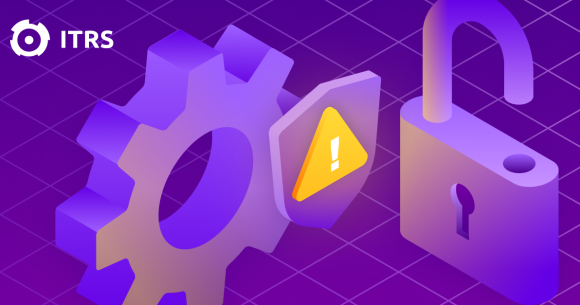Whitepaper: Accelerate your bank's journey to cloud
While around 80% of banks are somewhere along their cloud journeys, many financial services firms remain hesitant to move certain on-premises workloads to the cloud.
In this whitepaper from GreySpark Partners, Accelerate Your Journey to Cloud with Intelligent Monitoring, the consultants explain why intelligent monitoring can help give them the confidence to speed up their journey.
Cloud technologies offer the promise of leading the digital revolution in finance with faster time to market, cost savings and great scalability.
So, why are financial firms resisting the move? Banks have been reluctant to move away from legacy technology mainly for two simple reasons — it works and it’s familiar.
Risks versus benefits still a conundrum
There are still notions that technology benefits alone do not outweigh the risk and the costs in the absence of a clear business catalyst to drive the change. Some of the top concerns financial organizations have regarding cloud migration are:
Regulatory approval: Finance is one of the world’s most heavily regulated industries and many banks fear they won’t be able to migrate their systems into the cloud or could face substantial fines for any failings.
Security: Financial firms encounter security incidents more frequently than other industries. 2021 was the worst year for financial data breaches with a 12% increase on 2020’s figure —rising from 233 breaches to 260. As such, many organizations are reluctant to have a third-party cloud provider storing their data.
Data location: Some countries have strict regulations regarding data storage, meaning banks may not be allowed to use cloud providers in other countries.
Outsourcing risk: As with any third-party service, the cloud means banks must relinquish control over their operational, procedural, security and privacy systems. Cloud providers may also use contractors themselves, exacerbating supplier risk.
Migration complexity: Nine in ten businesses have problems migrating to the cloud. The average migration project takes 15 months, but larger established banks can expect far weightier timelines.
How intelligent hybrid IT monitoring factors in
For financial institutions, customers can be very demanding, especially when it comes to having access to always-on transaction technology. Ensuring compatibility and seamless integration between on-premises monitoring systems and cloud monitoring services can be challenging.
This is where the need for a real-time, end-to-end monitoring solution comes into play. It can help with many of the challenges brought on by migrating workloads to a hybrid cloud environment:
• Data visibility
• Integration and compatibility
• Scalability and elasticity
• Cost savings.
What’s the solution?
Geneos offers banks and other financial institutions the power to monitor and contextualize everything in one single tool— from legacy systems to cutting-edge new technology: applications, servers, VMs, databases, middleware, cloud services, and containers. In other words, intelligent monitoring of your hybrid cloud environments in a single pane of glass.
ITRS Geneos is widely deployed inside nine out of ten of the largest institutions in the financial services industry. It is the global standard for many of these institutions because it provides end-to-end visibility across the entire application stack.
Learn more about how ITRS Geneos can make your journey to the cloud a smoother ride.




